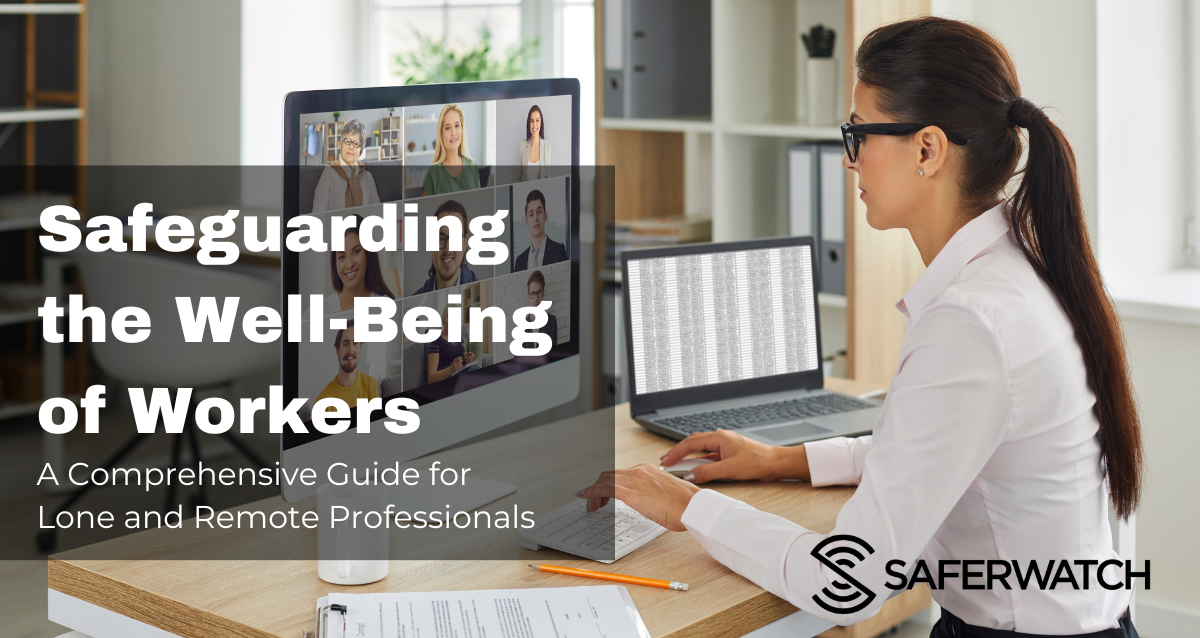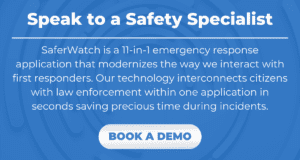Safeguarding the Well-Being of Workers: A Comprehensive Guide for Lone and Remote Professionals
In the dynamic landscape of contemporary work, the safety and well-being of employees take center stage. This duty of care extends not only to those who operate in isolation, known as lone workers, but also to a growing number of individuals in remote and work-from-home positions. In today’s diverse work environment, employers face the challenge of ensuring the safety of professionals who may find themselves physically distant from the traditional workplace. This necessitates a comprehensive and adaptive approach to address the unique challenges faced by lone and remote workers alike.
What is a Lone Worker?
Working alone encompasses a diverse range of job roles spanning various industries. Traditionally associated with complete isolation, the term ‘lone worker’ might bring to mind scenarios like a security guard patrolling an empty building at night or an engineer performing maintenance in a remote location. While this holds true for certain roles, lone working doesn’t always imply absolute solitude.
Information from Forbes indicates that as of 2023 12.7% of full-time employees work from home, while 28.2% work a hybrid model. Looking ahead, according to UpWork, by 2025 an estimated 32.6 million Americans will be working remotely.
With the rise of remote and hybrid work models, the concept of working alone has taken on new dimensions. In the digital age, lone workers can be found not only in physical isolation but also in virtual spaces, connecting with colleagues and clients across vast distances. Whether it’s the freelance graphic designer collaborating with clients from a home office or a social worker making house calls, the modern lone worker thrives in diverse environments. As the trend toward remote work continues to grow, so too will the need for innovative approaches to support and empower these solitary yet interconnected professionals.
Examples of Lone and Remote Workers
Healthcare Professionals:
Nurses, doctors, and remote telehealth workers may find themselves working alone in various settings, requiring distinct safety protocols.
Agricultural Workers:
Farmers and fieldworkers, whether on-site or remotely managing operations, often operate in isolated environments, demanding proactive safety measures.
Construction Workers:
On-site supervisors, engineers, and remote project managers may work in isolation, each facing unique challenges that necessitate specific safety considerations.
Real Estate Agents:
Whether conducting property showings in person or virtually, real estate agents often work alone, emphasizing the need for safety measures in both physical and digital spaces.
Remote Professionals:
Individuals working from home in various industries, from technology to customer service, face distinct challenges related to remote work, such as maintaining mental health and ergonomic considerations.
When identifying lone workers within your organization, it’s crucial to recognize ‘hidden lone workers’ in situations that might be easily overlooked, including:
- Individuals working on the same site but beyond the sight and hearing range of colleagues.
- Colleagues operating alone in different sections of a building.
- Employees left alone during breaks when a colleague is absent.
- A lone worker staying late after others have left the worksite.
- Individuals working alone but in the presence of the public or within populated locations.
- Staff members traveling alone during work hours.
- Employees working from home.
Challenges Faced by Lone and Remote Workers
Irrespective of the setting, lone and remote workers encounter common challenges that impact their safety and well-being:
Isolation and Lack of Immediate Assistance:
The absence of immediate support can significantly impact a lone or remote worker’s ability to address emergencies promptly.
Communication Barriers:
Limited communication tools can hinder their ability to call for help or update others about their well-being, exacerbating potential risks.
Increased Vulnerability:
Lone and remote workers may be at a higher risk of accidents, injuries, or security threats due to their isolated nature of work, necessitating proactive safety measures.
Solutions for Lone and Remote Workers
To address these challenges, employers must implement innovative solutions tailored to the specific needs of lone and remote workers:
Panic Buttons:
Equip professionals with panic buttons using platforms like SaferWatch, offering direct access to law enforcement and first responders, ultimately saving crucial minutes. The customization options, including mobile app and wearable panic buttons, can be tailored to suit the specific needs of any individual or situation.
Wellness Status Checks:
Implement regular check-ins to monitor the well-being of lone and remote workers. Leveraging technology for automated checks helps promptly identify any potential issues.
Emergency Notifications:
Establish a robust notification system to alert relevant parties in case of emergencies.
Safety Apps like SaferWatch:
Utilize safety apps designed for both lone and remote workers. Platforms like SaferWatch offer a comprehensive suite of features, including: panic buttons, emergency alerts, and real-time communication tools, adapting to the evolving nature of work.
The SaferWatch App and wearable panic buttons use advanced technologies to help improve safety procedures and protect staff in emergency situations. Contact a safety specialist to get started.
























